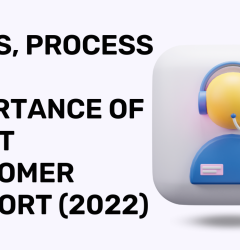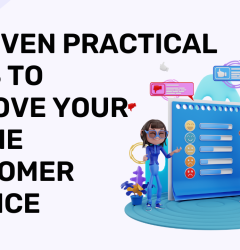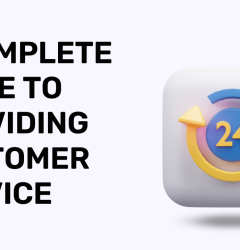30 Jun

Introduction
Allow your consumers to choose from a variety of options. No matter what industry you’re in or how good your product is, you can expect at least a few complaints.
While complaints are unpleasant to hear, they can present an important opportunity for your company to improve.
In this post, we’ll look at how customers express their complaints and the rewards you and your company can get if you address them correctly.
Customer complaints almost always have a silver lining. Customer complaints are important to smart organizations, and they see them as a wonderful opportunity.
Knowing what your customers are complaining about and treating them as extremely useful input to incorporate into your customer service strategy to improve your brand experience is the best method to secure your business’s growth.
What are Customer Complaints?
Consumer complaints are the expression of customer expectations that have not been reached in terms of the product or services that the business promises.
The first step in using customer complaints is to define what a consumer complaint is.
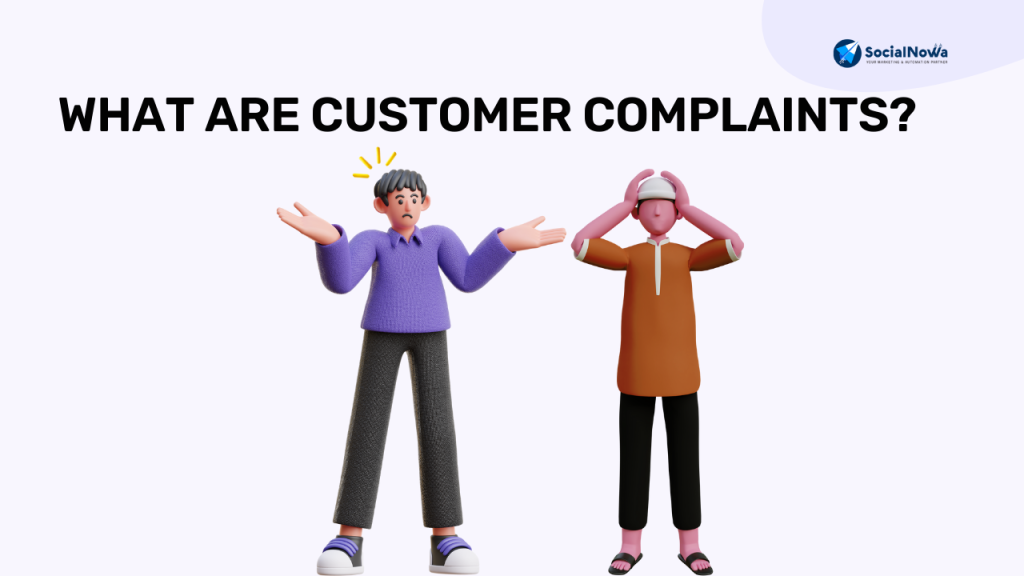
Customers may complain for a variety of reasons, but the most common one is that they are displeased with your product or service in some way.
Not all customers will call to express their dissatisfaction, but those that do are usually enthusiastic about what they’re calling to tell you or are committed to your brand.
How Should Customer Complaints Be Analyzed?
Here are some suggestions for how to better assess client complaints and use them to generate more revenue:
1. Analyze all client feedback: It’s critical to examine all consumer feedback since some of it contains surprising details that could lead to a huge breakthrough for your company.
2. Sort feedback into categories to get a better image of how customers perceive your business and services, as well as to emphasize the less visible aspects of your business operations.
3. Identify the root reasons: Analyzing the root causes will assist an organization in understanding what drives customer loyalty.
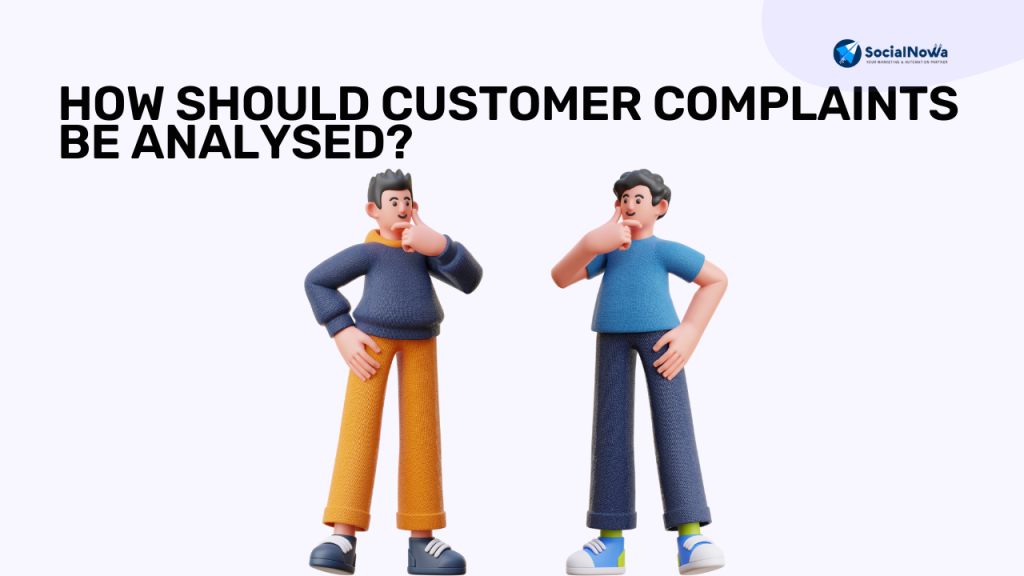
4. To do so, you’ll need a management system that can validate comments and sift through potentially vast volumes of data to find the fundamental causes of problems.
5. Consolidate results and devise a strategy: Once a company has a good understanding of the feedback, it’s time to devise a practical and successful strategy to address the concerns.
6. Notify the appropriate departments within your company: It’s critical to share all of the feedback with the customer service and support staff for resolution.
How to handle this customer complaint:
In these situations, your staff should direct these queries to a self-service area. Resolution handling, with the purpose of converting unsatisfied consumers into raving fans of your business, boils down to the following techniques:
1. Make yourself available
If a consumer has a problem with your product or service, making them jump through hoops to fix it will just add to their dissatisfaction.
Make it simple to handle problems by providing self-service choices and being accessible through multiple channels.
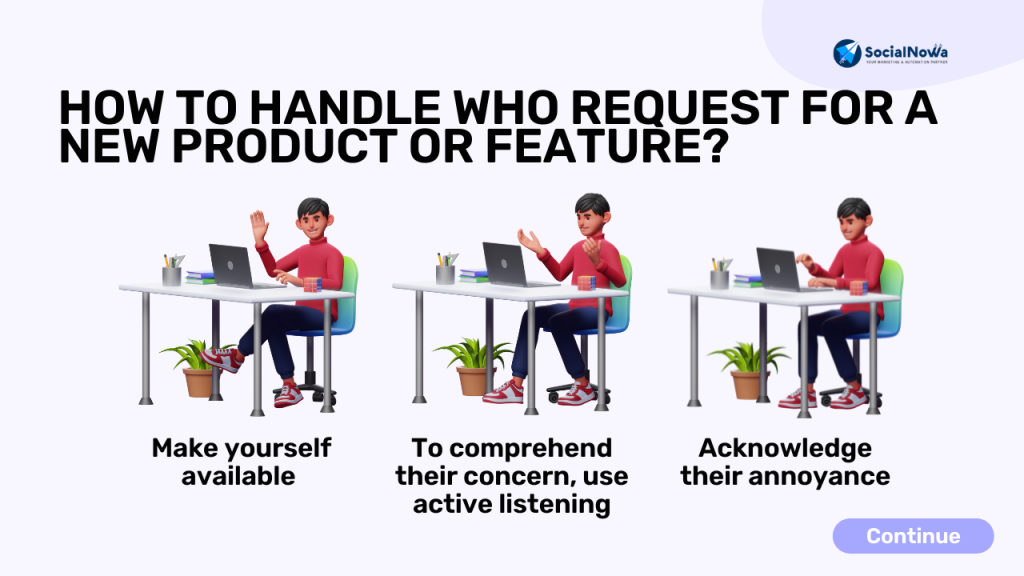
2.To comprehend their concern, use active listening
Actively listening and engaging with an unhappy customer is the finest thing you can do for them.
Ask follow-up questions, Maintain your emphasis on their requirements.
3. Acknowledge their annoyance
You can help an unhappy consumer by acknowledging their frustration and validating their feelings.
One of the most crucial customer service qualities is empathy, and addressing a customer’s frustration makes them feel acknowledged and valued.
4. Reiterate for completeness and comprehension
Demonstrate that you were paying attention by reiterating their complaint.
You’re confirming your understanding and obtaining consumer approval by doing so.
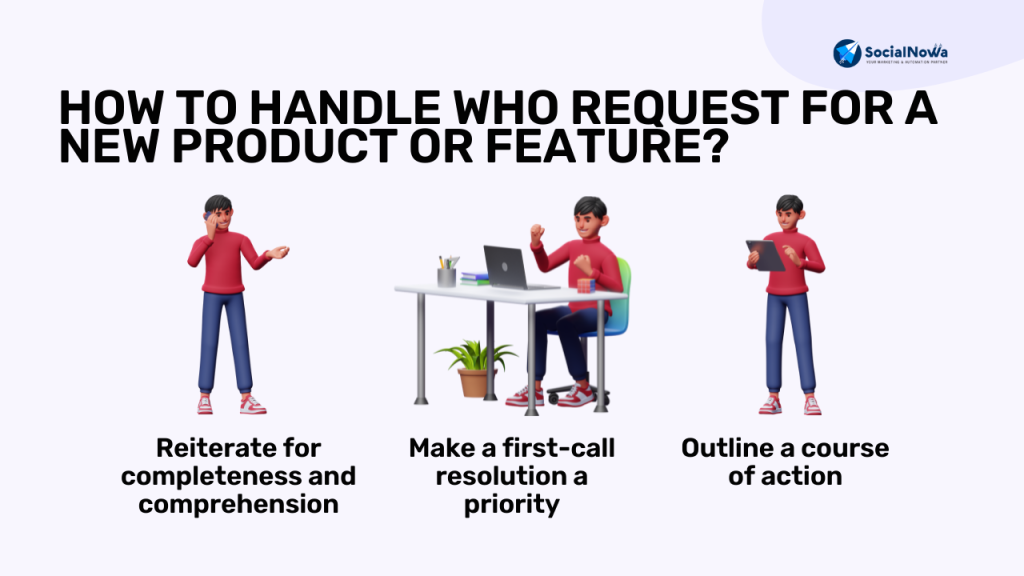
5. Make a first-call resolution a priority
There is increased friction as more contact attempts are made in search of a solution. More friction equals more aggravation.
To provide a really exceptional customer experience, every effort should be taken to remedy the issue completely on the first call. It not only improves client satisfaction, but it also relieves the support team’s workload.
Customer Complaints You’ll Get & How to Resolve Them
1. Product grievances
Customers file product complaints when they are dissatisfied with their purchases and seek your assistance in fixing the issue.
Product complaints might take many different forms depending on your business strategy, but they almost always entail malfunctions or operational concerns.
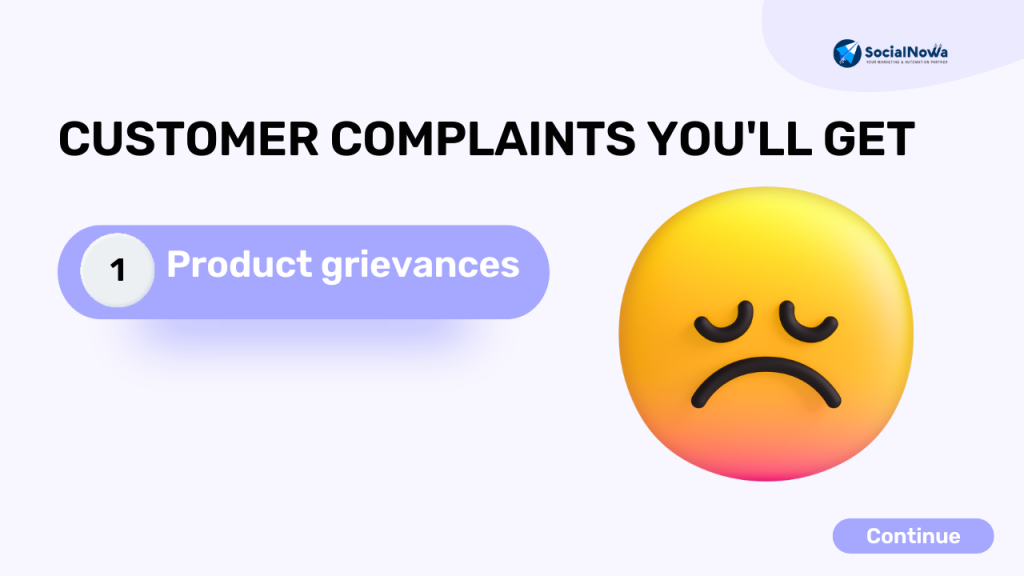
If a product is merely defective, your business will most likely need to refund or replace it. Answering inquiries and providing help to customers who are having trouble using or understanding your product can often solve the problem.
Product troubles are frequent in the sense that every organization can expect a breakage or technological difficulty now and then.
2. Request for a new product or feature
This isn’t necessarily a complaint, but it’s something that customer service representatives deal with on a regular basis.
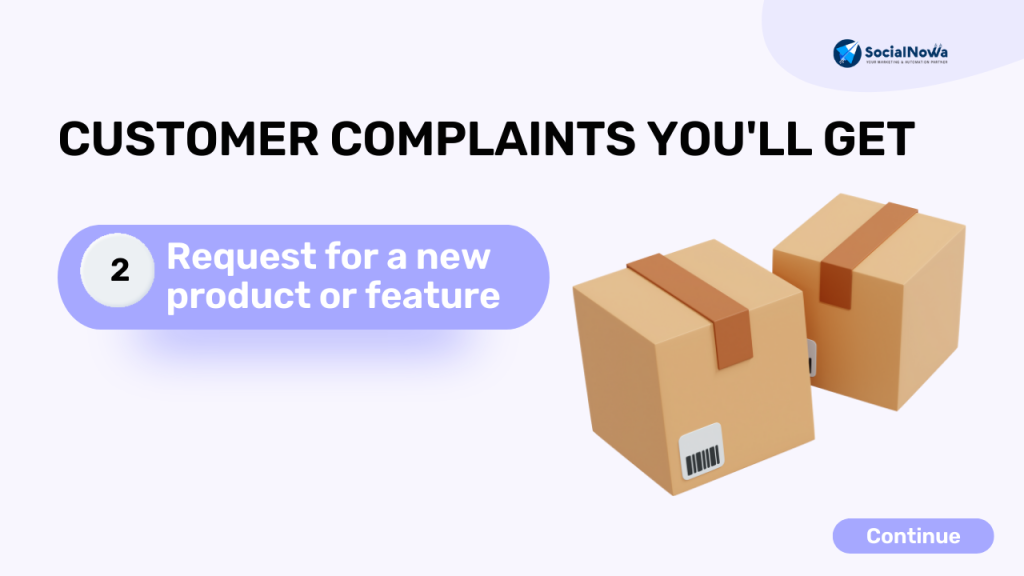
Customers often inquire if they can propose a new product or feature if your product or service does not suit all of their needs.
How to handle this customer complaint:
An organization must adopt this five-step method for handling customer complaints after receiving a customer complaint and solving the problem in order to keep that customer.
1. Ask the proper questions:
Asking the right questions can help you get to the bottom of a complaint, figure out whether there’s a solution, and see if the complaint contains relevant input.
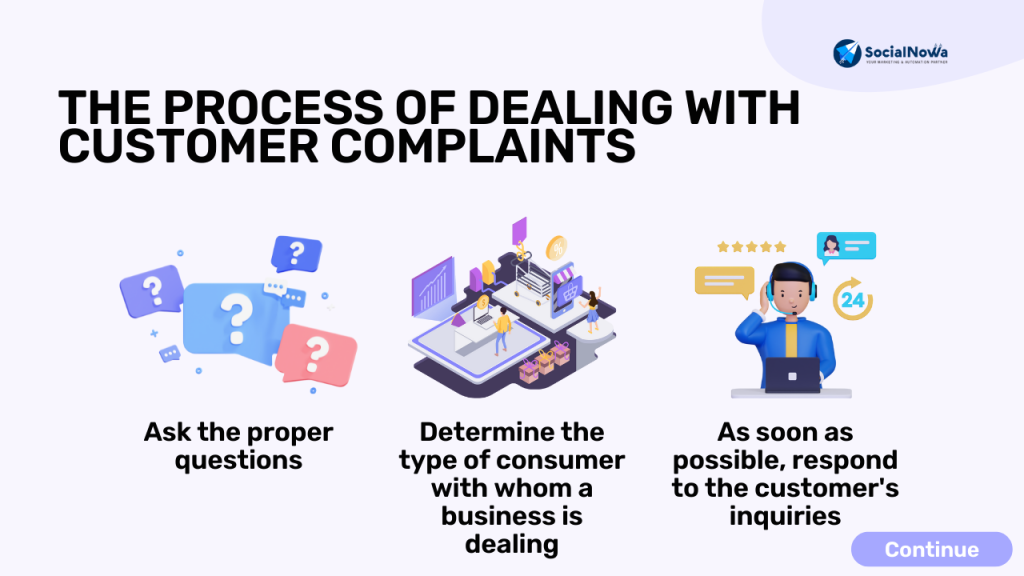
2. Determine the type of consumer with whom a business is dealing:
Customers come in a variety of personas, each with their own set of wants, beliefs, and attitudes, and each with their own unique blend of motives and behavior’s.
Knowing the different types of client personas might help you respond more properly to the individual you’re helping.
3. As soon as possible, respond to the customer’s inquiries:
Consumer complaints can be remedied if the unhappy customer receives a prompt answer.
4. Provide a speedy remedy and confirm that the problem has been resolved:
An organization should develop a remedy and resolve the issue after determining the root cause of the customer’s complaint.
It’s also critical to confirm that the remedy fixes the issue.

5. Keep a record of the complaint to keep track of patterns:
It is critical for a company to have a system in place to collect high-volume complaints so that they can be captured,
monitored for recurring issues, and used to develop long-term solutions to prevent recurrence.
It’s Important to Get Negative Feedback
It is necessary for a firm to receive criticism, no matter how unpleasant it is. Especially in sectors where profit is based on subjective tastes.
Ask anyone attempting to make it in the creative world, and they’ll tell you that feedback is one of the most vital engines for progress.
We need to change the way we look about complaints by recognizing the true value that comes with them.
We should promote them since client complaints have a number of significant advantages.
They have a significant impact on the business. As a result, knowing the benefits of complaints improves not only your brand’s face value but also your team’s productivity.
- Corrective Measures
- Optimal Outcome
- Seeing the Bright Side of Complaints
- Create a Loop of Feedback
Final Thoughts
Finally, a company should recognize that client complaints are an unavoidable aspect of doing business.
Due to a variety of business and economic constraints, a corporation cannot satisfy every customer.
Recognizing and communicating with client complaints is an important part that a brand may perform.
Use it as a learning opportunity or a constructive way to improve any aspects of your brand’s product or service.
While dealing with client complaints requires patience and time, businesses must discover solutions to resolve the issues in order to achieve better company success.
